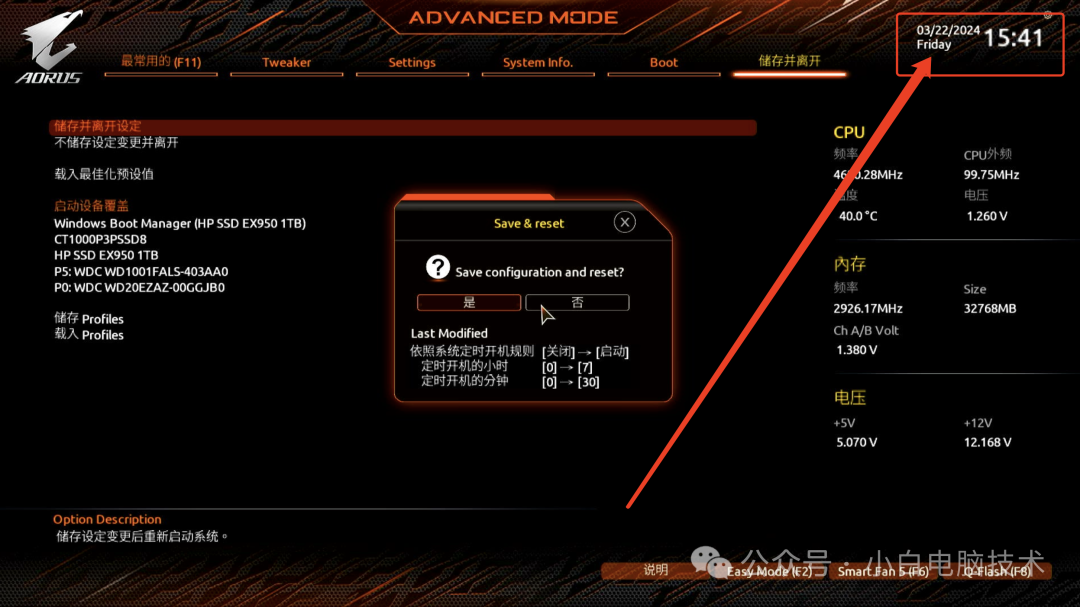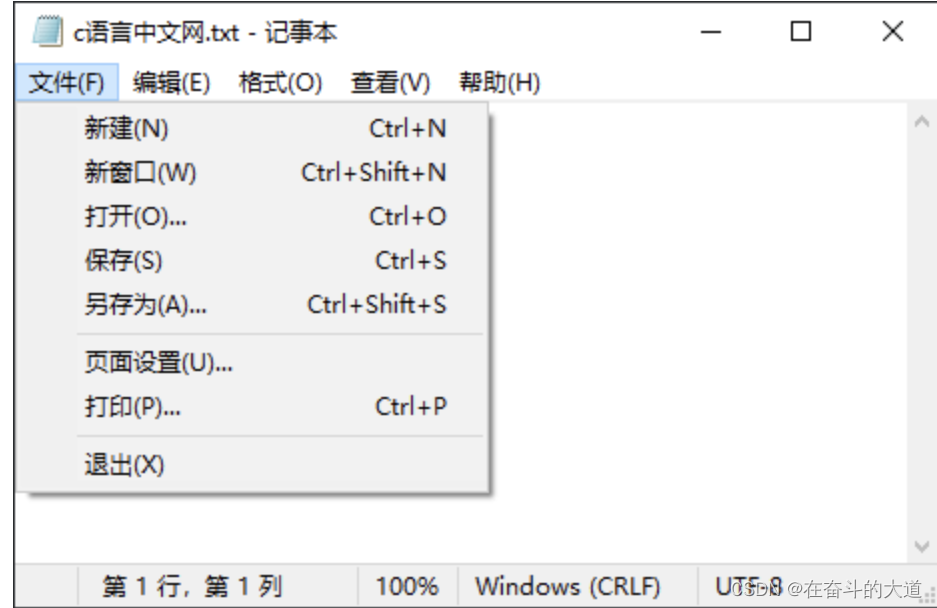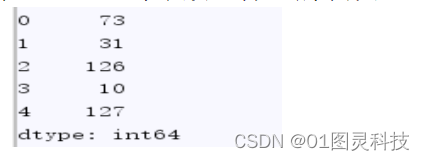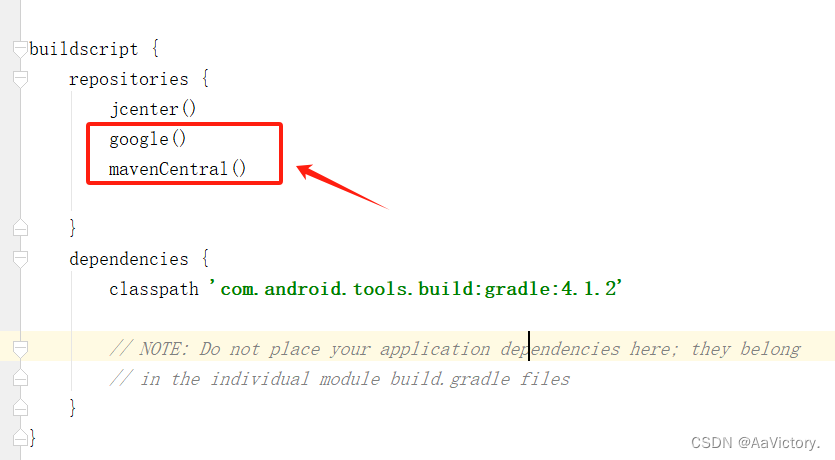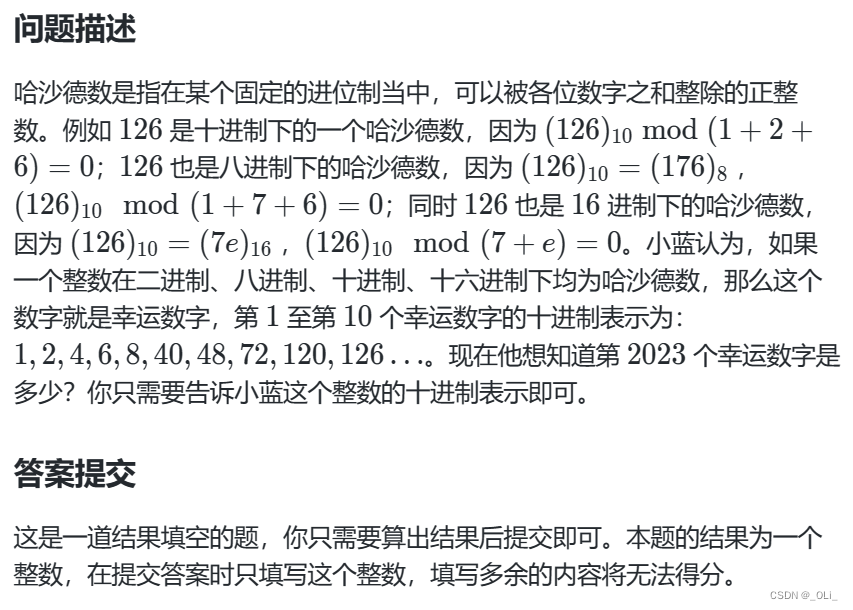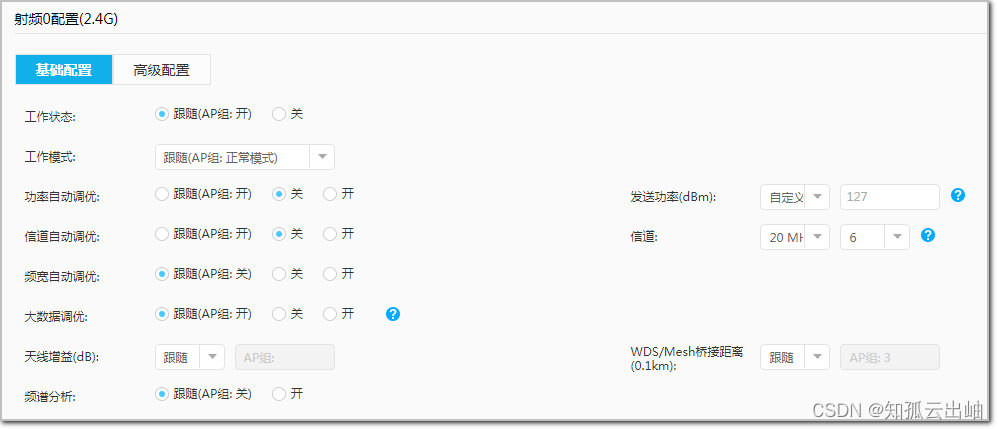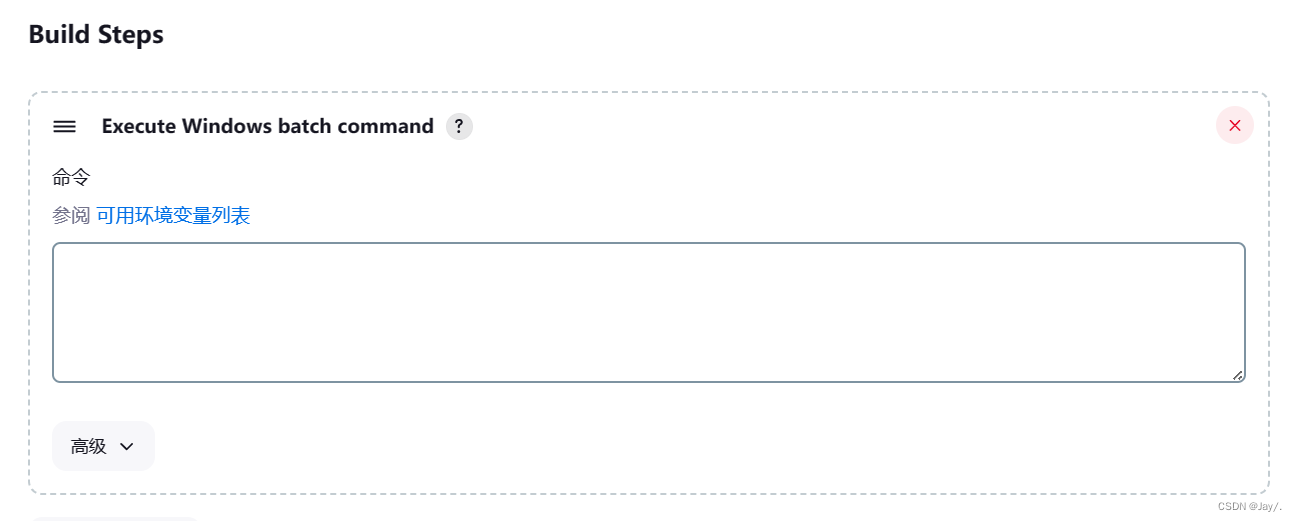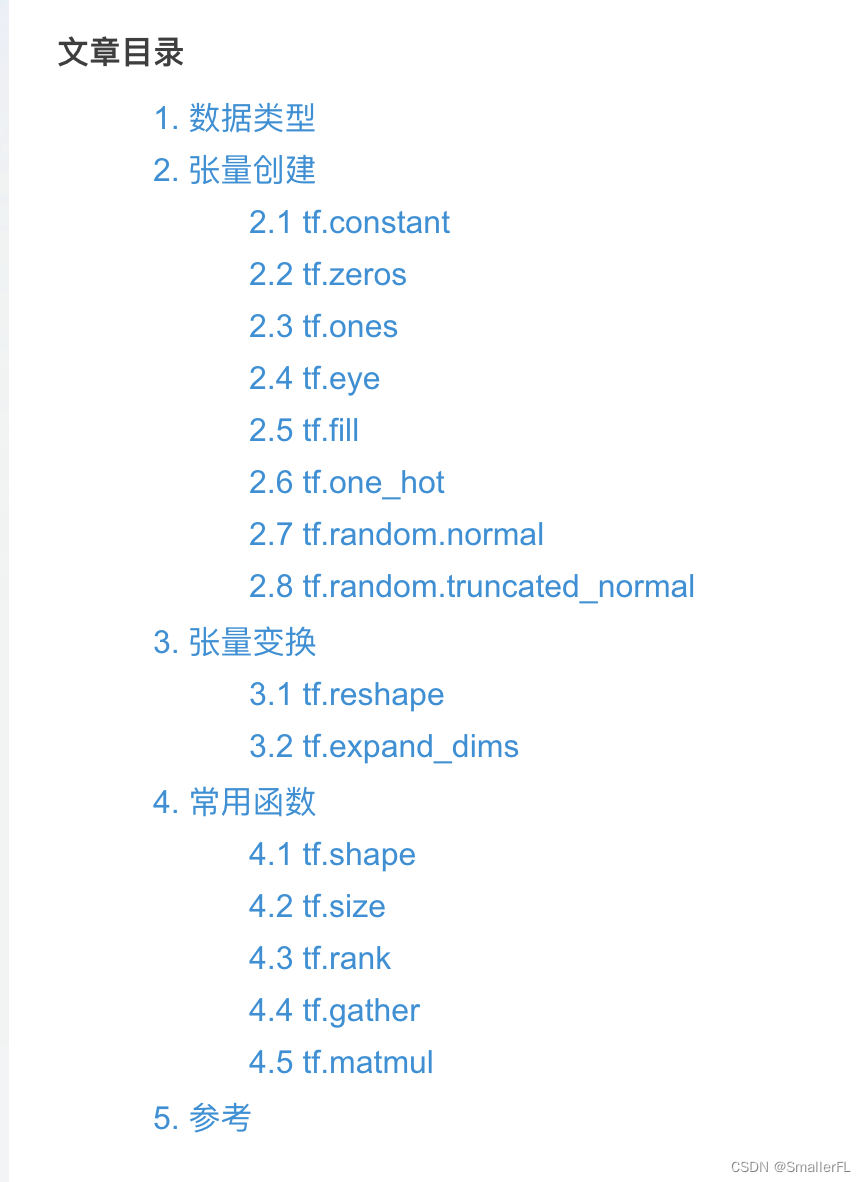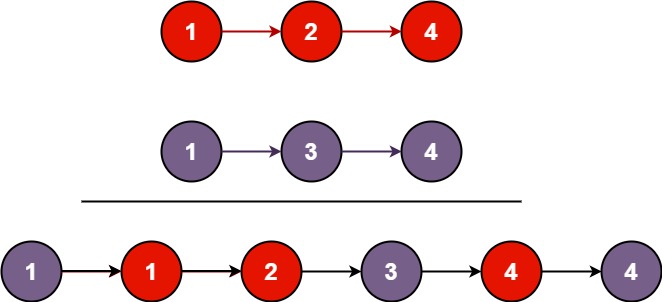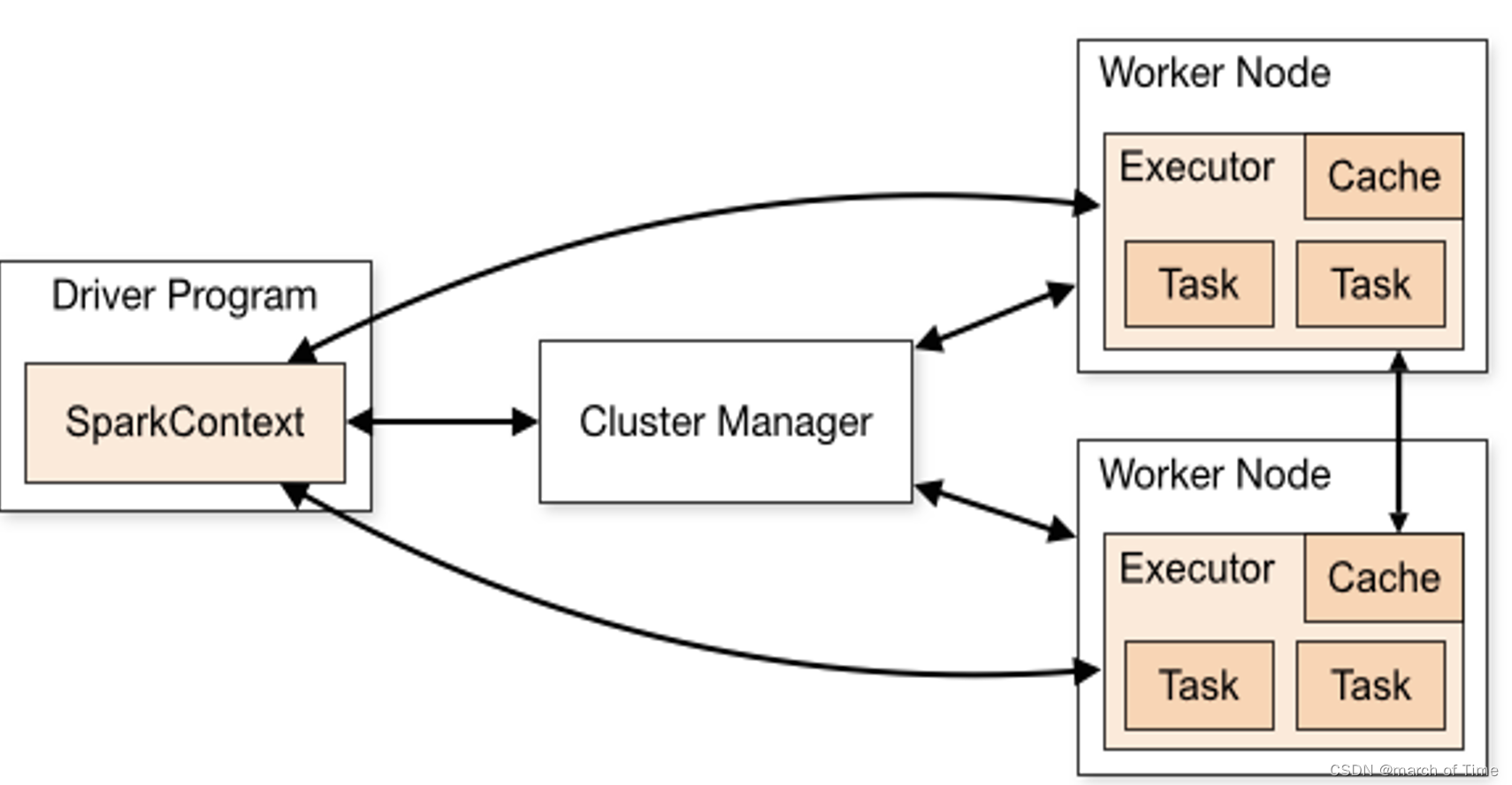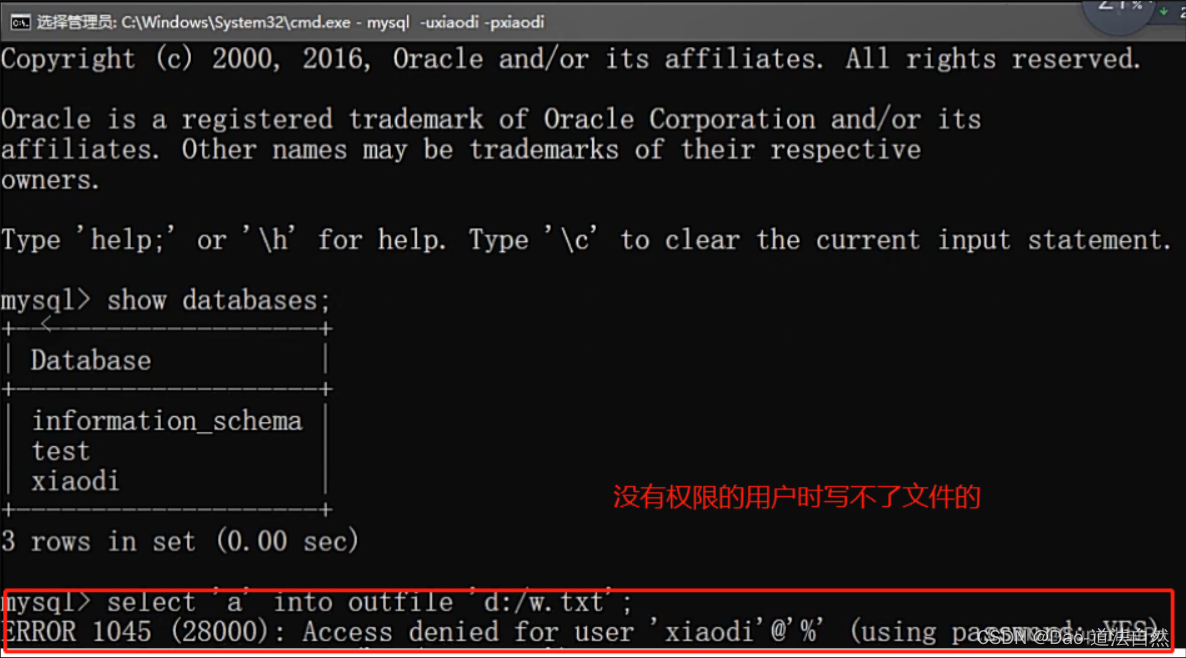教程:Hyperf
一 修改器和访问器
根据教程,可设置相关函数,如set属性名Attribute()、get属性名Attribute(),设置和获取属性。这在thinkphp中也常见。
修改器:set属性名Attribute();访问器:get属性名Attribute()。
1.1 原理
模型的父类Hyperf\Database\Model\Model,定义__set()、_get()、__isset()、__unset()函数。
设置属性调用__set(),获取属性调用_get()。
__set()调用set属性名Attribute(),和格式化数据。先通过set属性名Attribute()获取值,再判断是否为日期格式化日期数据。若设置字段类型,会根据设定的字段类型匹配对应的类,返回对应类。会判断是否为json数据返回json格式字符换。若调用的对应字符串含有“->”,则将该对应类对象格式化为json字符串返回。
1.2 测试
#App\Controller\Test
public function testmodifier() {$result = Article::query()->find(2)->toArray();var_dump($result);$article = Article::firstOrCreate(['title' => 'test4'],['user_id' => 2]);$result = Article::query()->where(['title' => '&test4'])->first()->toArray();var_dump($result);}#App1\Model\Article
class Article extends Model implements CacheableInterface {use Cacheable;use SoftDeletes;/*** The table associated with the model.** @var string*/protected $table = 'articles';/*** The attributes that are mass assignable.** @var array*/protected $fillable = ['title', 'user_id']; //允许批量赋值/*** The attributes that should be cast to native types.** @var array*/protected $casts = ['id' => 'integer', 'created_at' => 'datetime', 'updated_at' => 'datetime'];public function setTitleAttribute($value) {$this->attributes['title'] = "&" . $value;}public function getTitleAttribute($value) {return "标题:" . $value;}
}测试结果
array(7) {["id"]=>int(2)["user_id"]=>int(1)["title"]=>string(14) "标题:test2"["created_at"]=>string(19) "2024-01-13 10:06:04"["updated_at"]=>string(19) "2024-01-13 10:06:06"["deleted_at"]=>NULL["pv_num"]=>int(0)
}array(7) {["id"]=>int(10)["user_id"]=>int(2)["title"]=>string(15) "标题:&test4"["created_at"]=>string(19) "2024-03-19 08:07:24"["updated_at"]=>string(19) "2024-03-19 08:07:24"["deleted_at"]=>NULL["pv_num"]=>int(0)
}
数据保存使用Hyperf\Database\Model\Builder::firstOrCreate()。firstOrNew()仅在对象中增加数据,未保存进数据库,这是和firstOrCreate()的区别。
过程中创建Hyperf\Database\Model\Model类对象是__construct(),会调用Model::fill()。Model::fill()使用Model::isFillable()调用Model::fillable属性,结果为true,才能设置属性,否则报错。
因为在Article::setTitleAttribute()对传入的属性增加数据。根据测试代码,查询的使用也应该加上“&”。
也是因为使用Builder::firstOrCreate()和Article::setTitleAttribute()修改传入属性,设置查询数据时不会查询到相应数据,因为查询值有差异。
tp中也遇到过相似情况。解决方法,对查询条件中数据也进行数据的换装,保证修改方式和保存之前的数据方式一样。
1.3 源码
#App1\Model\Article use Hyperf\DbConnection\Model\Model;class Article extends Model implements CacheableInterface {use Cacheable;use SoftDeletes;
}#Hyperf\DbConnection\Model\Modeluse Hyperf\Database\Model\Model as BaseModel;class Model extends BaseModel
{use HasContainer;use HasRepository;
}#Hyperf\Database\Model\Modelabstract class Model implements ArrayAccess, Arrayable, Jsonable, JsonSerializable,
CompressInterface {use Concerns\HasAttributes;use Concerns\HasEvents;use Concerns\HasGlobalScopes;use Concerns\HasRelationships;use Concerns\HasTimestamps;use Concerns\HidesAttributes;use Concerns\GuardsAttributes;/*** Dynamically retrieve attributes on the model.** @param string $key*/public function __get($key) {return $this->getAttribute($key);}/*** Dynamically set attributes on the model.** @param string $key* @param mixed $value*/public function __set($key, $value) {$this->setAttribute($key, $value);}/*** Determine if an attribute or relation exists on the model.** @param string $key* @return bool*/public function __isset($key) {return $this->offsetExists($key);}/*** Unset an attribute on the model.** @param string $key*/public function __unset($key) {$this->offsetUnset($key);}}# Hyperf\Database\Model\Concerns\HasAttributes/*** Set a given attribute on the model.** @param string $key* @param mixed $value*/public function setAttribute($key, $value){// First we will check for the presence of a mutator for the set operation// which simply lets the developers tweak the attribute as it is set on// the model, such as "json_encoding" an listing of data for storage.if ($this->hasSetMutator($key)) {return $this->setMutatedAttributeValue($key, $value);}// If an attribute is listed as a "date", we'll convert it from a DateTime// instance into a form proper for storage on the database tables using// the connection grammar's date format. We will auto set the values.if ($value && $this->isDateAttribute($key)) {$value = $this->fromDateTime($value);}if ($this->isClassCastable($key)) {$this->setClassCastableAttribute($key, $value);return $this;}if ($this->isJsonCastable($key) && !is_null($value)) {$value = $this->castAttributeAsJson($key, $value);}// If this attribute contains a JSON ->, we'll set the proper value in the// attribute's underlying array. This takes care of properly nesting an// attribute in the array's value in the case of deeply nested items.if (Str::contains($key, '->')) {return $this->fillJsonAttribute($key, $value);}$this->attributes[$key] = $value;return $this;}/*** Set the value of an attribute using its mutator.** @param string $key* @param mixed $value*/protected function setMutatedAttributeValue($key, $value){return $this->{'set' . Str::studly($key) . 'Attribute'}($value);}/*** Convert a DateTime to a storable string.** @param mixed $value* @return null|string*/public function fromDateTime($value){return empty($value) ? $value : $this->asDateTime($value)->format($this->getDateFormat());}/*** Get the format for database stored dates.** @return string*/public function getDateFormat(){return $this->dateFormat ?: $this->getConnection()->getQueryGrammar()->getDateFormat();}
/*** Set the value of a class castable attribute.** @param string $key* @param mixed $value*/protected function setClassCastableAttribute($key, $value){$caster = $this->resolveCasterClass($key);if (is_null($value)) {$this->attributes = array_merge($this->attributes, array_map(function () {},$this->normalizeCastClassResponse($key, $caster->set($this,$key,$this->{$key},$this->attributes))));} else {$this->attributes = array_merge($this->attributes,$this->normalizeCastClassResponse($key, $caster->set($this,$key,$value,$this->attributes)));}if ($caster instanceof CastsInboundAttributes || !is_object($value)) {unset($this->classCastCache[$key]);} else {$this->classCastCache[$key] = $value;}}/*** Cast the given attribute to JSON.** @param string $key* @param mixed $value* @return string*/protected function castAttributeAsJson($key, $value){$value = $this->asJson($value);if ($value === false) {throw JsonEncodingException::forAttribute($this,$key,json_last_error_msg());}return $value;}/*** Set a given JSON attribute on the model.** @param string $key* @param mixed $value* @return $this*/public function fillJsonAttribute($key, $value){[$key, $path] = explode('->', $key, 2);$this->attributes[$key] = $this->asJson($this->getArrayAttributeWithValue($path,$key,$value));return $this;}二 日期转化及时间格式化
模型会将 created_at 和 updated_at 字段转换为 Carbon\Carbon 实例,它继承了 PHP 原生的 DateTime 类并提供了各种有用的方法。可以通过设置模型的 $dates 属性来添加其他日期属性。
2.1 原理
调用Model::_get()、Model::_set()时,会判断字段类型,为日期则转换为Carbon\Carbon类对象。可以设置日期格式。
$date为日期类型字段,$dateFormat为日期格式字符串,都在Hyperf\Database\Model\Concerns\HasAttributes中设置,也是由其转换数据类型。
HasAttributes::castAttribute()处理各种字段类型,HasAttributes::asDate()执行日期类型转换,HasAttributes::getDateFormat()获取日期格式。
日期类型默认包括created_at 、updated_at。日期默认格式"Y-m-d H:i:s"。
2.2 测试
#App1\Model\Article protected $dateFormat = 'Y-m-d H:i';public function setTitleAttribute($value) {$this->attributes['title'] = $value;}public function getTitleAttribute($value) {return $value;}#App\Controller\TestController
public function testmodifier() {$article = Article::firstOrCreate(['title' => 'test4'],['user_id' => 2]);var_dump($article->toArray());}测试结果
array(7) {["id"]=>int(11)["user_id"]=>int(2)["title"]=>string(5) "test4"["created_at"]=>string(16) "2024-03-22 09:04"["updated_at"]=>string(16) "2024-03-22 09:04"["deleted_at"]=>NULL["pv_num"]=>int(0)
} 
测试可见 数据库中时间格式还是h:i:s,仅获取的时候是h:i格式。
Model::CREATED_AT、Model::UPDATED_AT使用Carbon::now()获取时间,并没有使用$dateFormat属性。
2.3 源码
#Hyperf\Database\Model\Model
public function __get($key) {return $this->getAttribute($key);}
public function __set($key, $value) {$this->setAttribute($key, $value);}/*** 新增时使用** @param \Hyperf\Database\Model\Builder $query* @return bool*/protected function performInsert(Builder $query) {if ($event = $this->fireModelEvent('creating')) {if ($event instanceof StoppableEventInterface && $event->isPropagationStopped()) {return false;}}// First we'll need to create a fresh query instance and touch the creation and// update timestamps on this model, which are maintained by us for developer// convenience. After, we will just continue saving these model instances.if ($this->usesTimestamps()) {$this->updateTimestamps();}// If the model has an incrementing key, we can use the "insertGetId" method on// the query builder, which will give us back the final inserted ID for this// table from the database. Not all tables have to be incrementing though.$attributes = $this->getAttributes();if ($this->getIncrementing()) {$this->insertAndSetId($query, $attributes);}// If the table isn't incrementing we'll simply insert these attributes as they// are. These attribute arrays must contain an "id" column previously placed// there by the developer as the manually determined key for these models.else {if (empty($attributes)) {return true;}$query->insert($attributes);}// We will go ahead and set the exists property to true, so that it is set when// the created event is fired, just in case the developer tries to update it// during the event. This will allow them to do so and run an update here.$this->exists = true;$this->wasRecentlyCreated = true;$this->fireModelEvent('created');return true;}
/*** 修改时使用** @param \Hyperf\Database\Model\Builder $query* @return bool*/protected function performUpdate(Builder $query) {// If the updating event returns false, we will cancel the update operation so// developers can hook Validation systems into their models and cancel this// operation if the model does not pass validation. Otherwise, we update.if ($event = $this->fireModelEvent('updating')) {if ($event instanceof StoppableEventInterface && $event->isPropagationStopped()) {return false;}}// First we need to create a fresh query instance and touch the creation and// update timestamp on the model which are maintained by us for developer// convenience. Then we will just continue saving the model instances.if ($this->usesTimestamps()) {$this->updateTimestamps();}// Once we have run the update operation, we will fire the "updated" event for// this model instance. This will allow developers to hook into these after// models are updated, giving them a chance to do any special processing.$dirty = $this->getDirty();if (count($dirty) > 0) {$this->setKeysForSaveQuery($query)->update($dirty);$this->syncChanges();$this->fireModelEvent('updated');}return true;}public function save(array $options = []): bool {$this->mergeAttributesFromClassCasts();$query = $this->newModelQuery();// If the "saving" event returns false we'll bail out of the save and return// false, indicating that the save failed. This provides a chance for any// listeners to cancel save operations if validations fail or whatever.if ($saving = $this->fireModelEvent('saving')) {if ($saving instanceof StoppableEventInterface && $saving->isPropagationStopped()) {return false;}}// If the model already exists in the database we can just update our record// that is already in this database using the current IDs in this "where"// clause to only update this model. Otherwise, we'll just insert them.if ($this->exists) {$saved = $this->isDirty() ? $this->performUpdate($query) : true;} else {// If the model is brand new, we'll insert it into our database and set the// ID attribute on the model to the value of the newly inserted row's ID// which is typically an auto-increment value managed by the database.$saved = $this->performInsert($query);if (!$this->getConnectionName() && $connection = $query->getConnection()) {$this->setConnection($connection->getName());}}// If the model is successfully saved, we need to do a few more things once// that is done. We will call the "saved" method here to run any actions// we need to happen after a model gets successfully saved right here.if ($saved) {$this->finishSave($options);}return $saved;}#Hyperf\Database\Model\Concerns\HasAttributes/*** Set a given attribute on the model.** @param string $key* @param mixed $value*/
public function setAttribute($key, $value){// First we will check for the presence of a mutator for the set operation// which simply lets the developers tweak the attribute as it is set on// the model, such as "json_encoding" an listing of data for storage.if ($this->hasSetMutator($key)) {return $this->setMutatedAttributeValue($key, $value);}// If an attribute is listed as a "date", we'll convert it from a DateTime// instance into a form proper for storage on the database tables using// the connection grammar's date format. We will auto set the values.if ($value && $this->isDateAttribute($key)) {$value = $this->fromDateTime($value);}if ($this->isClassCastable($key)) {$this->setClassCastableAttribute($key, $value);return $this;}if ($this->isJsonCastable($key) && !is_null($value)) {$value = $this->castAttributeAsJson($key, $value);}// If this attribute contains a JSON ->, we'll set the proper value in the// attribute's underlying array. This takes care of properly nesting an// attribute in the array's value in the case of deeply nested items.if (Str::contains($key, '->')) {return $this->fillJsonAttribute($key, $value);}$this->attributes[$key] = $value;return $this;}public function fromDateTime($value){return empty($value) ? $value : $this->asDateTime($value)->format($this->getDateFormat());}
/*** Get an attribute from the model.** @param string $key*/public function getAttribute($key){if (!$key) {return;}// If the attribute exists in the attribute array or has a "get" mutator we will// get the attribute's value. Otherwise, we will proceed as if the developers// are asking for a relationship's value. This covers both types of values.if (array_key_exists($key, $this->getAttributes())|| $this->hasGetMutator($key)|| $this->isClassCastable($key)) {return $this->getAttributeValue($key);}// Here we will determine if the model base class itself contains this given key// since we don't want to treat any of those methods as relationships because// they are all intended as helper methods and none of these are relations.if (method_exists(self::class, $key)) {return;}return $this->getRelationValue($key);}
public function getAttributeValue($key){return $this->transformModelValue($key, $this->getAttributeFromArray($key));}protected function transformModelValue($key, $value){// If the attribute has a get mutator, we will call that then return what// it returns as the value, which is useful for transforming values on// retrieval from the model to a form that is more useful for usage.if ($this->hasGetMutator($key)) {return $this->mutateAttribute($key, $value);}// If the attribute exists within the cast array, we will convert it to// an appropriate native PHP type dependent upon the associated value// given with the key in the pair. Dayle made this comment line up.if ($this->hasCast($key)) {return $this->castAttribute($key, $value);}// If the attribute is listed as a date, we will convert it to a DateTime// instance on retrieval, which makes it quite convenient to work with// date fields without having to create a mutator for each property.if ($value !== null&& \in_array($key, $this->getDates(), false)) {return $this->asDateTime($value);}return $value;}protected function castAttribute($key, $value){$castType = $this->getCastType($key);if (is_null($value) && in_array($castType, static::$primitiveCastTypes)) {return $value;}switch ($castType) {case 'int':case 'integer':return (int) $value;case 'real':case 'float':case 'double':return $this->fromFloat($value);case 'decimal':return $this->asDecimal($value, explode(':', $this->getCasts()[$key], 2)[1]);case 'string':return (string) $value;case 'bool':case 'boolean':return (bool) $value;case 'object':return $this->fromJson($value, true);case 'array':case 'json':return $this->fromJson($value);case 'collection':return new BaseCollection($this->fromJson($value));case 'date':return $this->asDate($value);case 'datetime':case 'custom_datetime':return $this->asDateTime($value);case 'timestamp':return $this->asTimestamp($value);}if ($this->isClassCastable($key)) {return $this->getClassCastableAttributeValue($key, $value);}return $value;}
protected function asDate($value){return $this->asDateTime($value)->startOfDay();}
protected function asDateTime($value){// If this value is already a Carbon instance, we shall just return it as is.// This prevents us having to re-instantiate a Carbon instance when we know// it already is one, which wouldn't be fulfilled by the DateTime check.if ($value instanceof Carbon || $value instanceof CarbonInterface) {return Carbon::instance($value);}// If the value is already a DateTime instance, we will just skip the rest of// these checks since they will be a waste of time, and hinder performance// when checking the field. We will just return the DateTime right away.if ($value instanceof DateTimeInterface) {return Carbon::parse($value->format('Y-m-d H:i:s.u'),$value->getTimezone());}// If this value is an integer, we will assume it is a UNIX timestamp's value// and format a Carbon object from this timestamp. This allows flexibility// when defining your date fields as they might be UNIX timestamps here.if (is_numeric($value)) {return Carbon::createFromTimestamp($value);}// If the value is in simply year, month, day format, we will instantiate the// Carbon instances from that format. Again, this provides for simple date// fields on the database, while still supporting Carbonized conversion.if ($this->isStandardDateFormat($value)) {return Carbon::instance(Carbon::createFromFormat('Y-m-d', $value)->startOfDay());}$format = $this->getDateFormat();// Finally, we will just assume this date is in the format used by default on// the database connection and use that format to create the Carbon object// that is returned back out to the developers after we convert it here.if (Carbon::hasFormat($value, $format)) {return Carbon::createFromFormat($format, $value);}return Carbon::parse($value);}
public function getDateFormat(){return $this->dateFormat ?: $this->getConnection()->getQueryGrammar()->getDateFormat();}#Hyperf\Database\Grammar
public function getDateFormat(){return 'Y-m-d H:i:s';}#Hyperf\Database\Model\Concerns\HasTimestamps
protected function updateTimestamps(){$time = $this->freshTimestamp();if (! is_null(static::UPDATED_AT) && ! $this->isDirty(static::UPDATED_AT)) {$this->setUpdatedAt($time);}if (! $this->exists && ! is_null(static::CREATED_AT)&& ! $this->isDirty(static::CREATED_AT)) {$this->setCreatedAt($time);}}
public function setCreatedAt($value){$this->{static::CREATED_AT} = $value;return $this;}public function setUpdatedAt($value){$this->{static::UPDATED_AT} = $value;return $this;}
public function freshTimestamp(){return Carbon::now();}
#Carbon\Traits\Creator
public function __construct($time = null, $tz = null){if ($time instanceof DateTimeInterface) {$time = $this->constructTimezoneFromDateTime($time, $tz)->format('Y-m-d H:i:s.u');}if (is_numeric($time) && (!\is_string($time) || !preg_match('/^\d{1,14}$/', $time))) {$time = static::createFromTimestampUTC($time)->format('Y-m-d\TH:i:s.uP');}// If the class has a test now set and we are trying to create a now()// instance then override as required$isNow = empty($time) || $time === 'now';if (method_exists(static::class, 'hasTestNow') &&method_exists(static::class, 'getTestNow') &&static::hasTestNow() &&($isNow || static::hasRelativeKeywords($time))) {static::mockConstructorParameters($time, $tz);}// Work-around for PHP bug https://bugs.php.net/bug.php?id=67127if (!str_contains((string) .1, '.')) {$locale = setlocale(LC_NUMERIC, '0'); // @codeCoverageIgnoresetlocale(LC_NUMERIC, 'C'); // @codeCoverageIgnore}try {parent::__construct($time ?: 'now', static::safeCreateDateTimeZone($tz) ?: null);} catch (Exception $exception) {throw new InvalidFormatException($exception->getMessage(), 0, $exception);}$this->constructedObjectId = spl_object_hash($this);if (isset($locale)) {setlocale(LC_NUMERIC, $locale); // @codeCoverageIgnore}self::setLastErrors(parent::getLastErrors());}public static function now($tz = null){return new static(null, $tz);}



